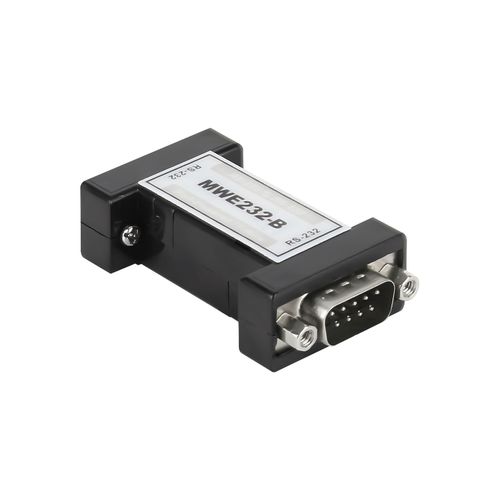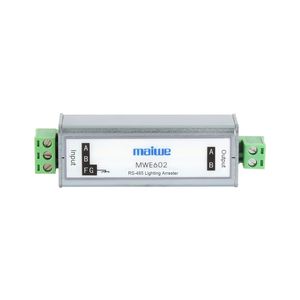
- Electricity - Electronics
- Cable, Connector, Enclosure
- RS232 isolator
- Wuhan Maiwe Communication Co., Ltd

- Company
- Products
- Catalogs
- News & Trends
- Exhibitions
Signal isolator MWE232-BRS232opticalpower

Add to favorites
Compare this product
Characteristics
- Type
- signal, RS232, optical
- Electrical characteristics
- power, low-power
Description
Support RS232 serial signal optical isolation protection and transparent data transmission
Support baud rate up to 28800bps/38400bps/115200bps
Specific serial port protection circuit, hot plug supported
Active(C) or passive(A,B) models optional, the passive models can be powered through serial port without external power supply
Support 15kV static protection and 600W/ms lightning protection
Compact structure size, plug and play, easy to install
Working temperature from -35 ℃ to +85 ℃
The MWE232-A/B/C series port isolator has built-in photoelectric isolation, and the interface complies with EIA/TIA RS232 standards. It can provide isolation protection of up to 2500Vrms, with static and lightning protection, which can improve the reliability and stability of communication systems. The passive models(MWE232-A and MWE232-B) can be port-powered through each side of the serial port, no need the external power supply. The specific serial port protection circuit support hot plugging. The isolator hardware adopts a low-power and wide temperature design, can operate stably in temperature environment of -35 ℃ to+85 ℃, and can be widely used in equipment such as motors, transformers, relays, or scenarios with high amplitude transient interference.
Features and Benefits
-Signal isolation, transparent transmission, baud rate self-adaption, no need to change user agreement
-Serial circuit protection, anti-static protection, lightning protection, surge suppression
-600W/ms lightning protection, 15KV static protection
-Industrial design, imported components
Catalogs
No catalogs are available for this product.
See all of Wuhan Maiwe Communication Co., Ltd‘s catalogsOther Wuhan Maiwe Communication Co., Ltd products
Protector
*Prices are pre-tax. They exclude delivery charges and customs duties and do not include additional charges for installation or activation options. Prices are indicative only and may vary by country, with changes to the cost of raw materials and exchange rates.





